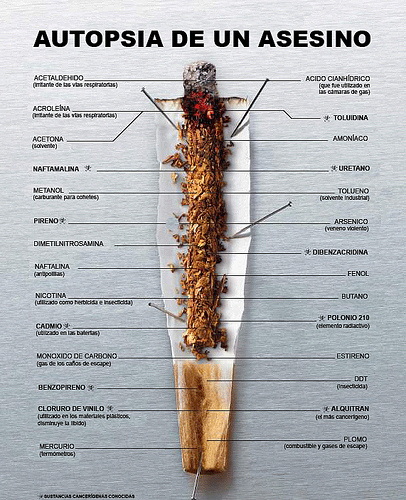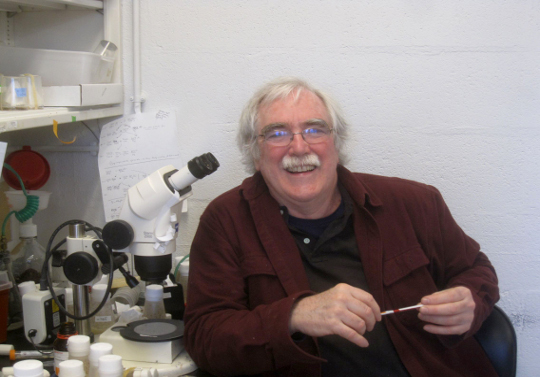
It is now ten years since Spain passed the first anti-smoking law and we go over the effects that it has had in society
15 december 2015
At this time of the year 2005 was passed in Spain the first anti-smoking law, which entered into force on 1 January 2006. This law was subsequently modified by the 42/2010 Law which entered into force on 2 January 2011, and it is the law with which we live today.
The law, which now turns 10 years old, is mainly remembered by banning smoking in working spaces (public and private) and cultural centres. This law distinguished between zones where it was completely forbidden to smoke and zones where it was permitted if there was established a smoking room. The new anti-smoking law that was introduced in 2011 banned smoking in any type of collective space that is not outdoors. That is, it was totally banned smoking in a shared space if it is a enclosed space: hospitals, schools, work centres, etc.
But what effects does tobacco have in our system? Why is it so important to apply anti-smoking laws? The nicotine reaches our brain seven seconds after inhaling the smoke of a cigar. Each unit has between 7 and 20mg of tar and produces 83cm3 of carbon monoxide, which reduces a 10% the transportation capacity of blood oxygen. The bigger the number of consumed cigars and the bigger the period of this consumption is, the more serious will be its effect in health.

Furthermore, the cigar has many more toxins, such as ammonia, hydrochloric acid, arsenic and polonium and its combustion causes free radicals, which harm the tissues with which they make contact and are the responsible for the ageing and for numerous cardiovascular diseases. These free radicals can increase the risk of cancer (specially oral, pharynx and esophagus cancer), arteriosclerosis and diabetes. The heart and respiratory diseases are the most known diseases caused by the effects of tobacco. The possibility of having an early heart attack is from 26% to 90% higher in smokers, and the emphysemas and the chronic bronchitis is six times higher to occur in tobacco users than in non-tobacco users. These are just some of the effects of tobacco in our body, if you want to know more about it you can click here.
What did the passing of the anti-smoking law exactly suppose? According to the Ministry of Health, in a period of time of ten years heart diseases and asthma were significantly reduced. On average, in 2013 this decline was calculated in a 40% in ischemic cardiopathology (heart problems due to lack of blood supply), an 18% in heart attacks and a 20% in asthma.
The Ministry got these data by comparing the numbers of hospitalisations from ischemic cardiopathology and verified that both in men and women have been reduced in a 40%. These data coincide with those of the countries that had already implemented similar laws.
The hospitalisations from heart attacks dropped a 13,9% in men and a 22% in women. Regarding asthma, among people aged under 65 it has dropped a 18,9% in men and a 21,5% in women.
This law has demonstrated being very beneficial for the whole society: apart from improving our health, we have cut the costs of medical services. The most effective measure to reduce the tobacco consumption continues being the increasing of its selling price. Anti-smoking laws as this one benefits us all as citizens.












